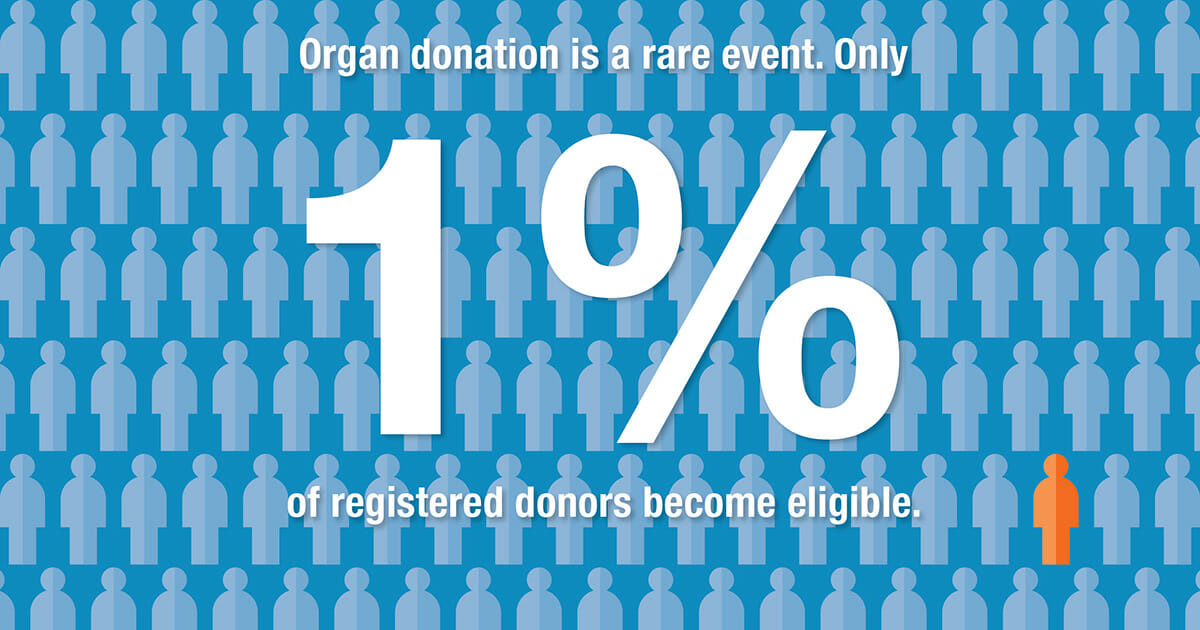How the Organ Donation Process Works
Have you ever wondered how the organ donation process actually works? Checking the box and registering to be a donor is a selfless decision to share the gift of life. However, organ donation is very rare because there are a few key requirements to be eligible as a donor.

Several things must happen for organ donation to be possible. First, a person must have a life-ending injury and be connected to a ventilator that is keeping their heart and lungs functioning artificially. In these cases, the hospital contacts LifeSource who evaluates to see if there is potential for donation.
Next, someone from LifeSource talks to the family about donation. If the person was a registered donor, LifeSource walks the family through the donation process to fulfill their loved one’s wishes. If they were not registered, their next of kin is asked to make a decision on their behalf and the family takes time to think and ask questions before they decide. The process is easier for families if the patient is already registered as a donor and/or if the family had previously discussed donation.
Next, specialized medical professionals from LifeSource will evaluate them in the hospital. This evaluation involves drawing blood for infectious disease testing, lab tests to determine the health of their organs, and possibly some imaging tests (CAT scans, X-rays, etc.).

After medical information is gathered, it’s put in a database under an anonymous identifier. The database matches the donor to potential recipients based on blood type, tissue type, need and location. The sickest recipients are listed first.
Once recipients are identified, the LifeSource coordinator at the donor’s hospital arranges a time that works for all parties involved – the donor’s family, recipients, surgeons and hospital staff. The recipient’s surgeons then travel to the donor’s hospital to perform the recovery surgery. When the surgery is over, those surgeons return to their transplant center with the recovered organ to perform the transplant surgery. Often, recipients are prepped for surgery and under anesthesia while the donor’s surgery is taking place to minimize the amount of time the organ is outside of the body.
Once recovery is complete, tissue and eye donation take place if the person meets criteria to become a tissue and eye donor. Then the donor is transported to the funeral home to prepare for their service.
LifeSource coordinates the entire donation and recovery process. Throughout the process, it is our honor to provide care and support to the donor’s family.
Care and support events and resources are available to families through our aftercare program in the months and years following donation.
Watch this video for more information about the organ donation process:
 Skip to main content
Skip to main content
